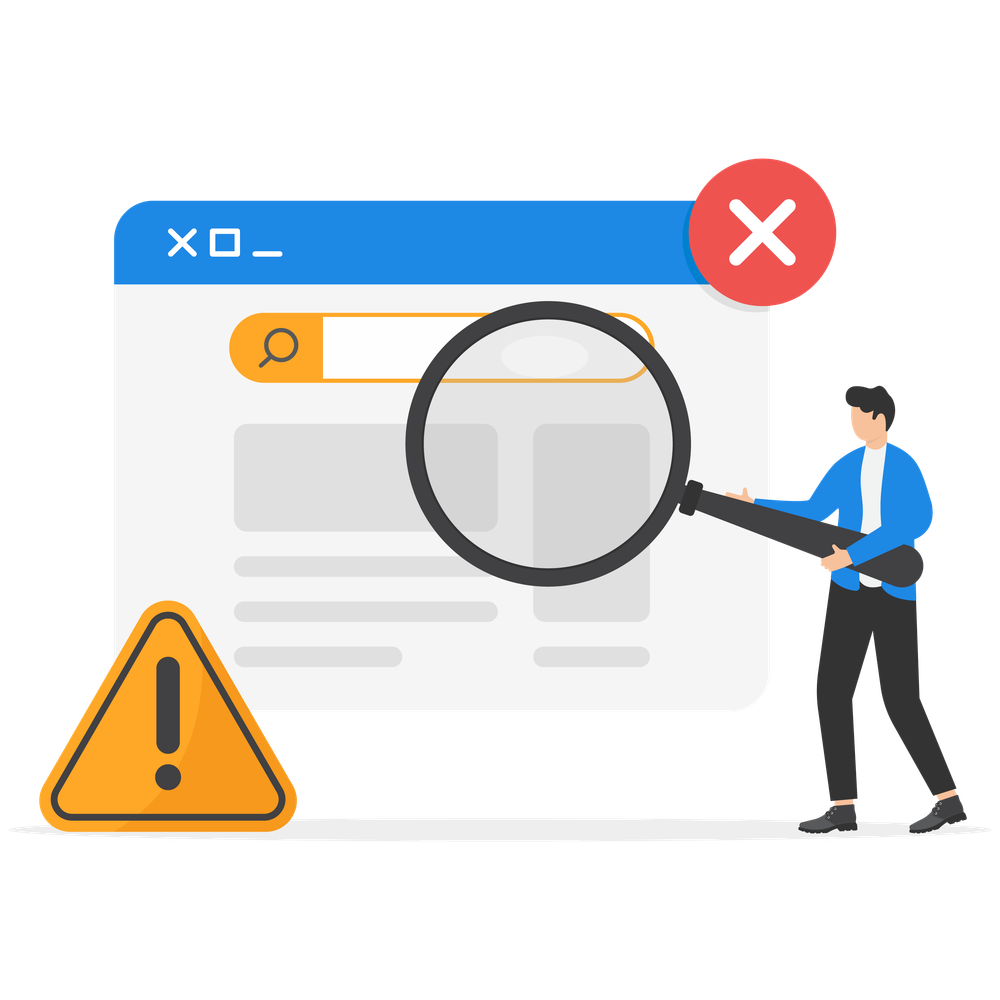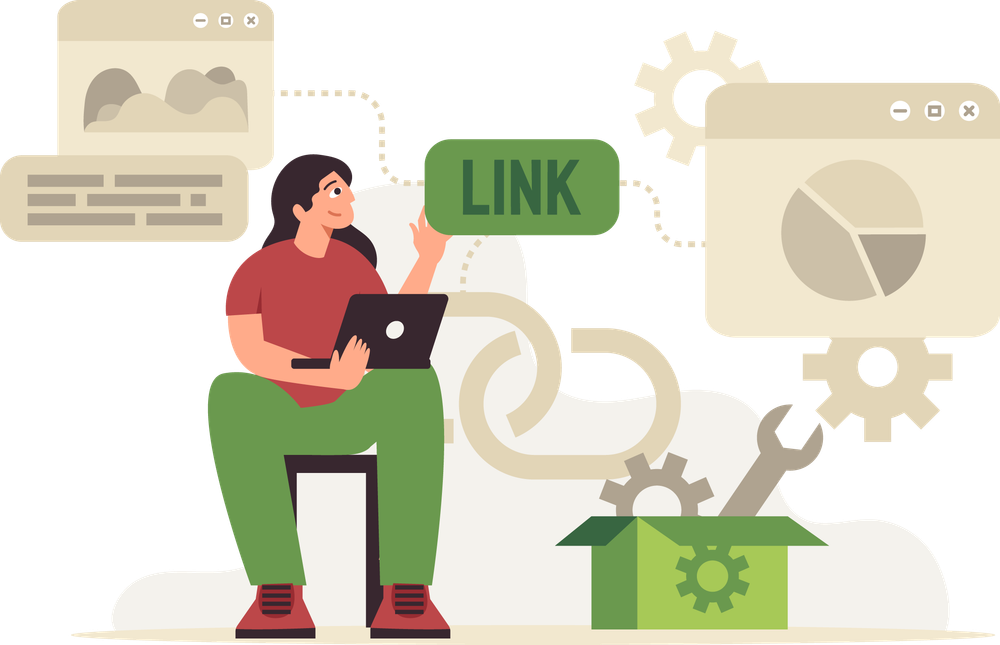URL Structure and Canonicalization Services
Ever wonder why some websites are easy to find, and others are not? Imagine working hard on your website but seeing little traffic or low search engine rankings. It’s disappointing but common. Yet, there’s a way to change this with URL Structure and Canonicalization Services.
At WebWiseSpot, we know how tough it is to see your hard work ignored. That’s why we use our SEO skills to help your website stand out. With our URL Structure and Canonicalization Services, we make your URLs better, improve user experiences, and get your site the attention it deserves. It’s like making your website speak clearly to both search engines and users.
We tailor a unique strategy for you, optimizing your URL structure and using canonical tags right. This way, your site becomes more visible and easier to use. When people find and enjoy your content easily, it’s not just about better web design. It’s about building lasting connections with your audience.
What Are URL Structure and Canonicalization?
URL structure and canonicalization are key for better search engine performance and user experience. We will explore these two important topics.
Understanding URL Structure
The format and hierarchy of your website’s URLs matter a lot. Good SEO-friendly URLs help make your site easy to navigate. They can improve how search engines and users see your website. URLs should be straightforward, descriptive, and easy for everyone to understand.
Joost de Valk from Yoast says a clear URL structure boosts rankings and user engagement.
Why These Services Matter
Why is URL structure and canonicalization so important? They boost your website’s SEO and user experience. These services make your site stand out online.
Improve SEO Rankings
Improving your SEO url structure and using url canonicalization benefits are key. They help boost your place in search engine results. About 25-30 percent of the web has the same content. This confuses search engines.
Using the right canonicalization makes search engines pick the right URL. It focuses SEO strength on your chosen URLs. This makes your website rank better in search results.
Enhance User Experience
A good SEO url structure makes your site user-friendly. It guides users to the right page version. This could make more people engage with your site.
A site that’s easy to use gains more trust. A clear URL structure is also easy to remember and share. This boosts your online visibility.
Prevent Duplicate Content Issues
Duplicate content hurts your SEO by confusing search engines. Without website canonicalization solutions, similar pages compete for attention. Canonical URLs fix this by picking the preferred content version.
This stops pages from competing and cleans up your analytics. It makes your insights clearer. It also stops customer confusion over similar URLs.
Managing your site’s URLs and using canonical tags are crucial. They help with SEO, make your site better for users, and keep your web presence clean.
Our URL Structure and Canonicalization Services
At WebWiseSpot, we make your website work better by fixing URLs. We make sure your URLs are set up right. This helps your site rank higher in searches and avoids content problems. We look at everything needed for the best outcomes.
URL Structure Optimization
We start by checking your current URL setup. Our goal is to make URLs simple, readable, and full of keywords. This helps people find your site easier and improves their experience. We design URL structures that make sense, helping both visitors and search engines.
Implementing Canonical Tags
Setting up canonical tags right is key for us. It stops search engines from seeing the same page twice. This is crucial for avoiding problems. We carefully put rel=”canonical” tags in your site’s head section. This shows which version of a page is preferred. If needed, we also use special headers for non-HTML content to point to the right URL.
Redirect Management
Redirects are important for keeping your site on track. They help when you move pages or change your site. We use special tools to manage 301 redirects. This ensures that both users and search engines find the right page. It keeps your site ranking well.
Regular Audits and Monitoring
We regularly check how your URLs are doing. Using tools like Google Search Console, we keep an eye on performance. We look for errors and track search data. This lets us stay up to date and keeps your site doing well.
WebWiseSpot uses a full plan to improve your site’s SEO and user experience. We focus on URL setup, using the right tags, and regular checks. This makes sure your site scores high in SEO and is great for visitors.
Best Practices for URL Structure
Making your website’s URL structure better is key for good user experience and search engine rankings. Easy-to-understand URLs help both people and search engines.
Keeping URLs Simple and Readable
Keep URLs simple. WebWiseSpot suggests using words over long numbers or complex terms. Pick “example.com/summer-dresses” instead of “example.com/product?id=12345”. This is good for SEO. It helps Google index and rank your pages well. Google says clear URLs reduce indexing problems.
Using Hyphens to Separate Words
Use hyphens, not underscores, in URLs. “example.com/best-practices” is better than “example.com/best_practices”. This makes URLs easier to read and SEO-friendly. Complex URLs can cause problems. Hyphens make your URLs easier to use and understand.
Creating Logical URL Hierarchies
Create clear URL hierarchies. A structured URL like “example.com/clothing/men/shirts” shows your site’s structure well. It helps users and search engines navigate your site. It makes your site organized and easy to use. Avoid complex or deep URLs to keep your site easy to navigate.
Best Practices for Canonicalization
Canonicalization is key for better SEO and keeping your website’s integrity. It involves using canonical tags right, fixing duplicate content, and managing redirects. Here are tips to do it well:
Using Canonical Tags Correctly
Using canonical tags right guides search engines to your main page, mainly when pages are similar. You should pick one URL per page and use the correct domain protocol. This helps pull link equity together and stops duplicate content issues. Also, managing URLs with and without a trailing slash and not adding many canonical tags are key.
Handling Duplicate Content
Effectively tackling duplicate content stops SEO problems and lifts your site’s search engine ranking. Google uses canonical tags to spot original pages over copies. This makes indexing better, crawling more efficient, and the search results more accurate. Using advanced tactics, even almost-duplicate content is managed well, avoiding penalties and keeping users happy.
Managing Redirects Effectively
Redirects must be managed well to dodge broken links and ensure users have a good experience. They should align with canonical tags to help users and search engines navigate better. Canonical URLs guide search engines, boost link signals, and increase site crawlability.
Steps We Take to Optimize Your Site
Call Us, Write Us, Or We Will Call You
We Would Be Happy To Meet You And Learn All About Your Business
URL Structure and Canonicalization FAQ’s
Here are some frequently asked questions about URL Structure and Canonicalization


